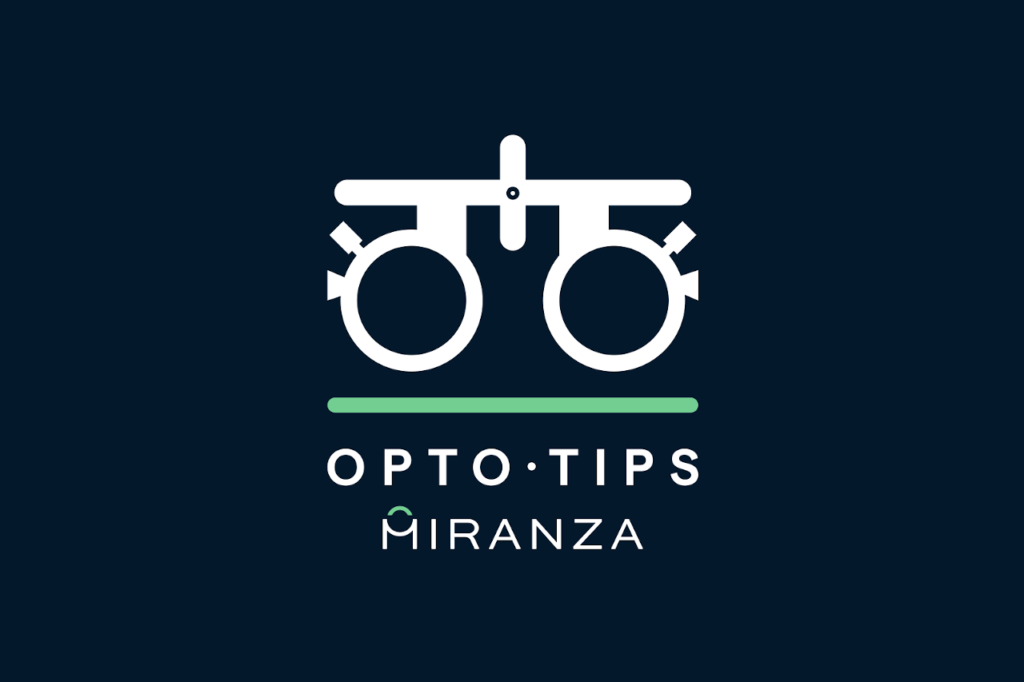
How do you know if you see well? A vision test you can do at home
Regular visits to the ophthalmologist are essential to accurately assess your vision and get a complete diagnosis of your eye health. However, given that it is now common to spend more time at home, there is a vision test, based on simple exercises you can do on your own, to check whether you see well and detect signs that are all the more reason to see a specialist.
Ana González, an optometrist at Miranza IOA, explains that one way to spot possible refractive errors, such as myopia, hyperopia or astigmatism, is to use a pinhole. If, when looking through this small-diameter hole, you notice that you see better – first with one eye and then with the other –, then it is probably a matter of focus. As the light rays passing through the hole and entering the eyeball are concentrated, the depth of focus increases and the refractive error is minimised. You can test this by building your own pinhole, punching a hole in an opaque surface, such as cardboard or a biscuit. Be careful though! If the hole is too big, it is no longer valid (for example, a doughnut hole would not work). Remember as well that it is always necessary to validate the diagnosis with an expert.
Vision test at home: look for straight lines, especially from the age of 50 onwards.
Another vision test you can do to find out if you see well, especially if you are over 50, is to close one eye and, with the eye that is open, look at those elements in the house that you are supposed to see straight. For example, the frame of a picture or door, the corner of a wall, the floor tiles, etc. If you notice that they are crooked or distorted – something you can also see if you have an Amsler grid –, you should make an appointment with an ophthalmologist. Metamorphopsia or distorted vision may be due to diseases of the macula or centre of the retina, such as AMD, the risk of which increases with age. You can also check for the influence of cataracts, which are common in people over 70.
A simple game to find out if your child sees well
Por último, la optometrista Ana González también propone controlar regularmente la visión de los más pequeños de la casa de una manera sencilla y divertida, jugando a piratas. Tapándoles el ojo con un parche, Por último, la optometrista Ana González también propone controlar regularmente la visión de los más pequeños de la casa de una manera sencilla y divertida, jugando a piratas. Tapándoles el ojo con un parche, puedes observar si se quejan, realizan alguna mueca o están incómodos, lo que podría indicar que con el ojo descubierto no ven bien. Por ejemplo, la ambliopía (ojo vago) y los defectos refractivos en la infancia son problemas visuales comunes que los niños no suelen manifestar y que pueden pasar desapercibidos si no los detecta el oftalmólogo.
Lastly, optometrist Ana González also suggests regularly checking the eyesight of the youngest members of the family in a simple and fun way by playing pirates. By covering their eye with a patch, you can see if they complain, grimace or feel uncomfortable, which could indicate that they are not seeing properly with their uncovered eye. For example, amblyopia (lazy eye) and refractive errors in childhood are common visual problems that children do not usually show and that can go unnoticed, if they are not detected by the ophthalmologist.